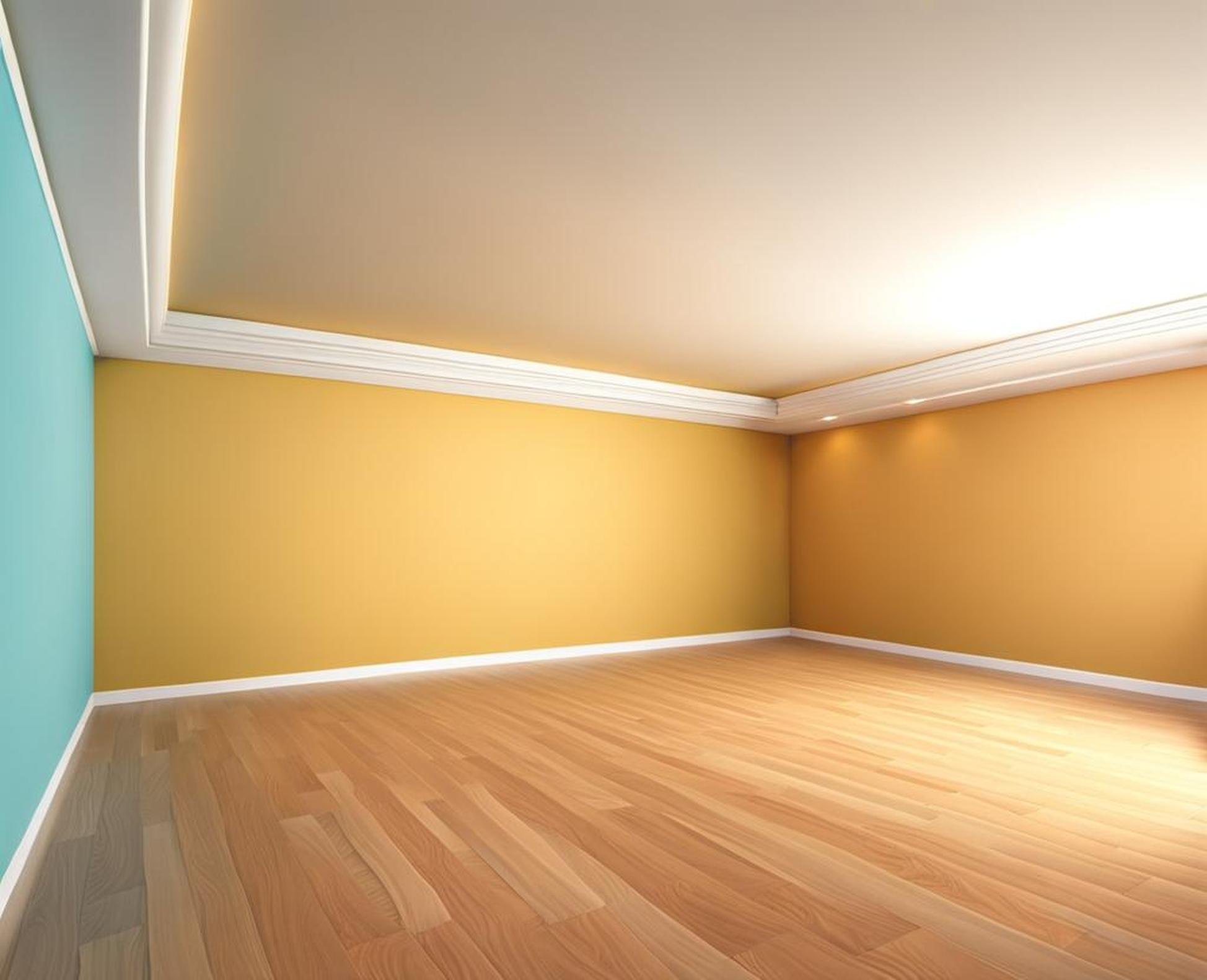Looking to reduce noise in your home without breaking the bank? While extensive soundproofing projects can get pricey, there are wallet-friendly options for damping sound on a budget. Read on as we outline 5 affordable materials and techniques to quiet noisy rooms.
Whether you have noisy neighbors, loud kids, or just want some peace and quiet, these simple fixes help minimize disruptive sounds without costly construction projects.

Use Extra Layers of Drywall
Drywall, also known as sheetrock, is an effective and inexpensive noise barrier due to its density. Adding one or two extra layers can greatly reduce sound transmission through walls and ceilings.
Properly installed drywall has a noise reduction rating (NRC) of around 0.10 per inch thickness. Two additional layers can block approximately 50% more sound versus a single layer.
Tips for Installing Drywall
- Cut panels 1/4 to 1/2 inch smaller than the wall surface to allow room for Green Glue (next section)
- Use acoustic sealant around edges to minimize sound leakage
- Screw panels to studs, not just to existing drywall for best damping
- Fill gaps and mud seams thoroughly to limit noise flanking
At approximately $15 per 4×8 sheet, drywall delivers noticeably less noise intrusion without impeding most budgets.
Apply Green Glue Between Layers
Green Glue is a viscoelastic compound used in between drywall or other rigid materials. It dampens sound vibrations rather than blocking them, converting noise to inaudible friction heat.
| Benefits | Green Glue is broadly effective at damping sounds from 45 dB to 70+ dB when sandwiched between materials |
| Cost | Approximately $25 per 5-gallon bucket covers 30-60 square feet |
Green Glue works best when layered between panels like drywall. The wet adhesive is rolled or brushed on before attaching the next sheet.
Applying Green Glue
- Prepare surfaces – fill gaps and remove bumps for maximum contact
- Roll or brush an even 1/8″ layer onto panels
- Immediately mount panels and apply pressure for several minutes as curing begins
Use Mass Loaded Vinyl
Mass loaded vinyl (MLV) is a heavy, dense rubbery material containing tiny metal particles that reflect sound waves.
It can be ordered in large configurable sheets or cut-to-size panels for DIY installation. Simply mount MLV sheets against existing walls or under flooring.
| Noise Reduction | Over 50% decreased noise penetration |
| Estimated Cost | $0.50+ per square foot |
Tips for Mounting MLV
When installed correctly, MLV minimizes sound leakage remarkably well for the price.
- Clean mounting surfaces thoroughly so panels sit flush
- Cut sheets 1-2 inches larger than surface dimensions
- Use acoustic caulk to seal edges and overlaps thoroughly
Seal Openings with Acoustic Caulk
Stopping sound flanking through cracks, outlets, and openings prevents echoes and leakage that undermine other soundproofing efforts.
Specialized acoustic caulks and sealants fill spaces while remaining flexible over time.
| Advantages | Blocks airflow and resonance for reduced noise transfer |
| Average Cost | Approximately $5 per tube |
Applying Acoustic Caulk
Use a caulking gun to seal space edges, outlet grommets, base trim, ceiling fixtures, corner joints and more.
- Thoroughly clean all surfaces before sealing
- Gun caulk into gaps then smooth with a wet finger/tool
- Allow 12 hours drying time before noise testing
Taming troublesome noise doesn’t require breaking your budget. Strategic use of common building materials combined with specialty soundproofing products noticeably reduces decibel levels.
Before investing heavily, first try these affordable upgrades for keeping sound in or out of rooms. Remember to thoroughly seal surfaces while allowing adequate drying times for noise dampening compounds.
Sleep, play, live better by taking simple steps towards peace and quiet using wallet-friendly materials outlined here. Have additional questions? Let us know in the comments!
